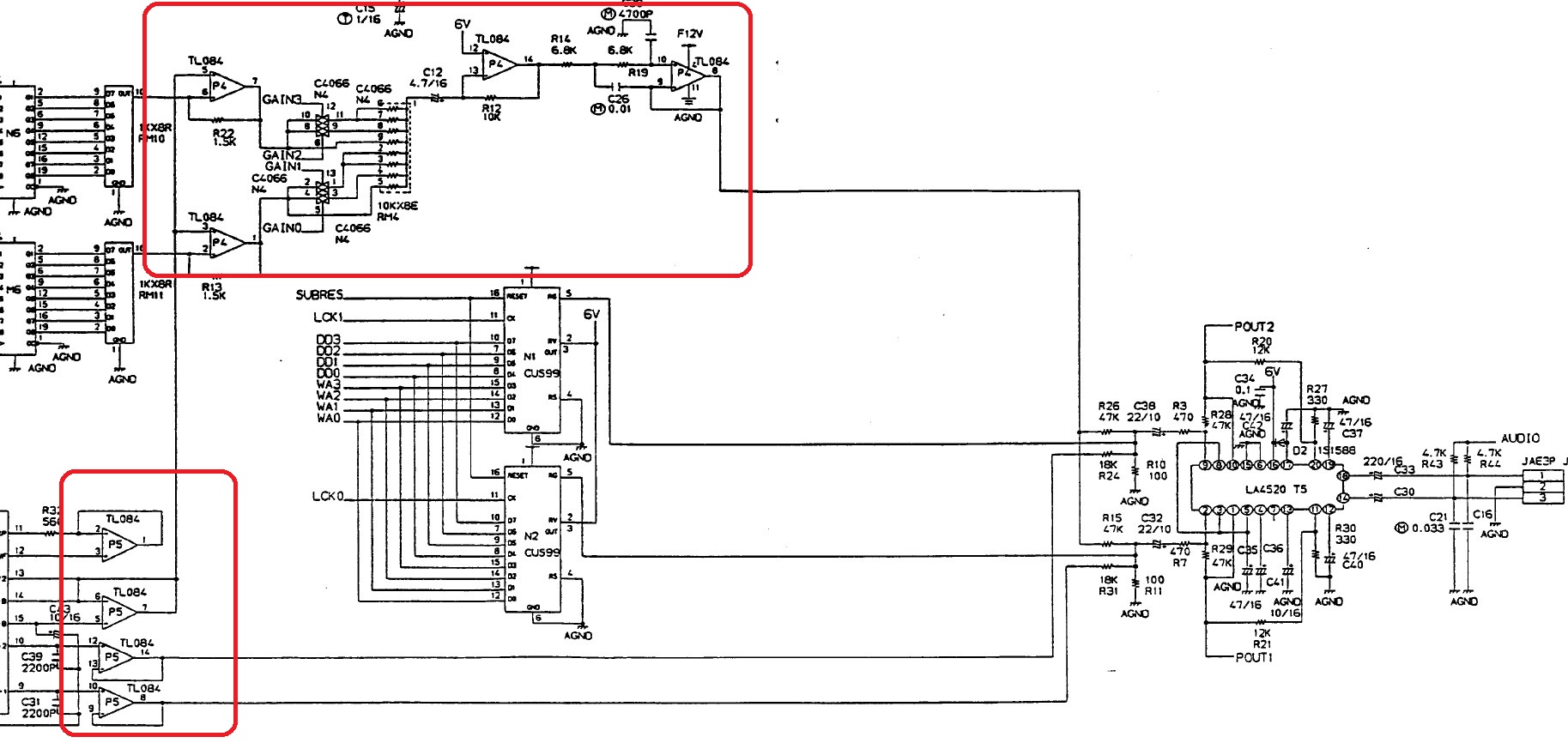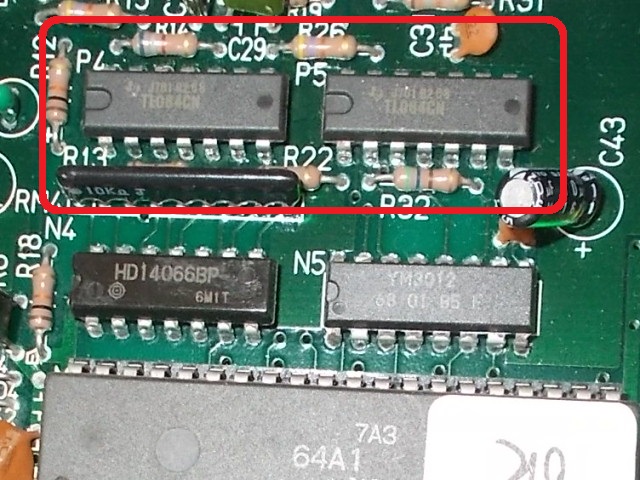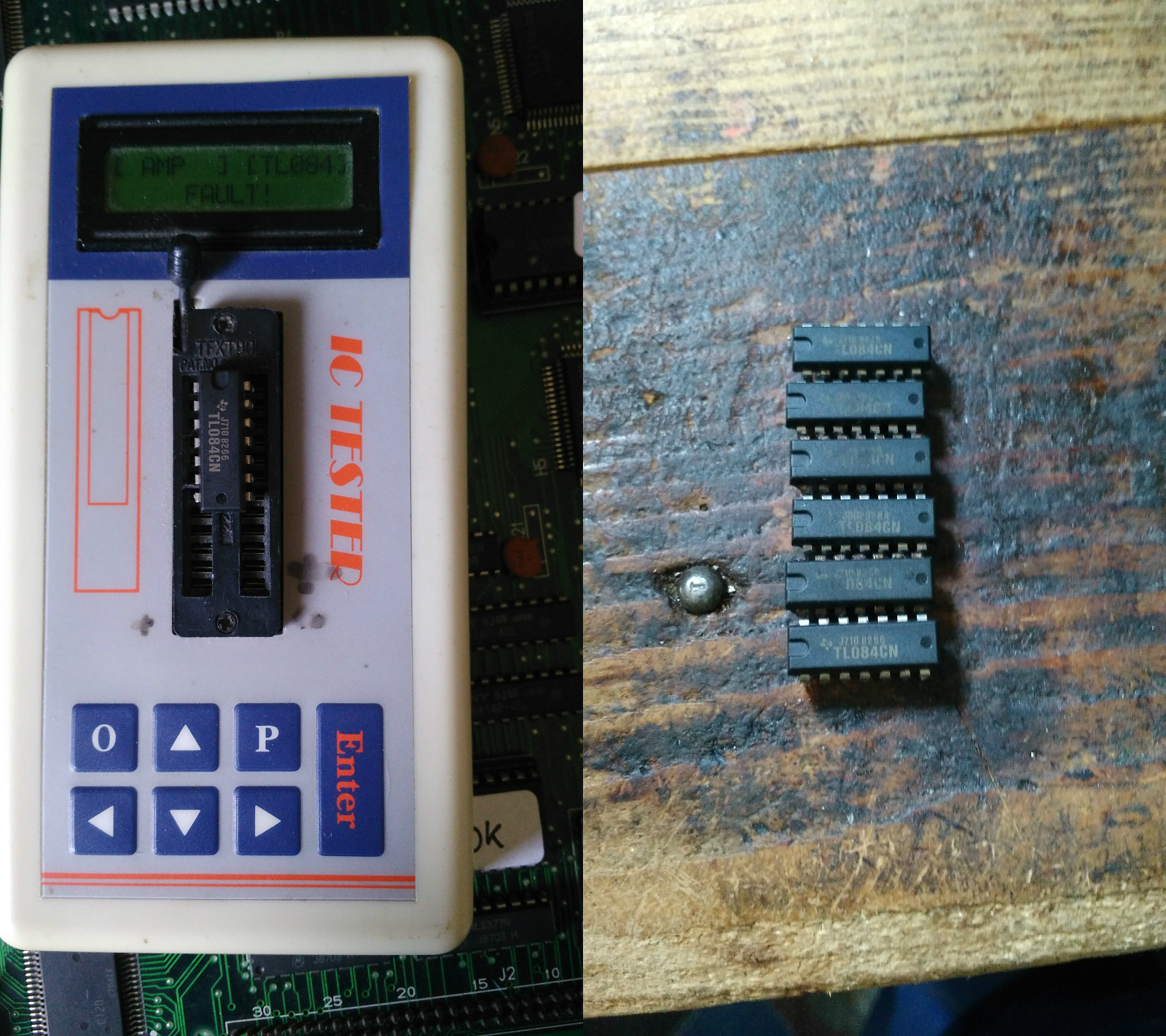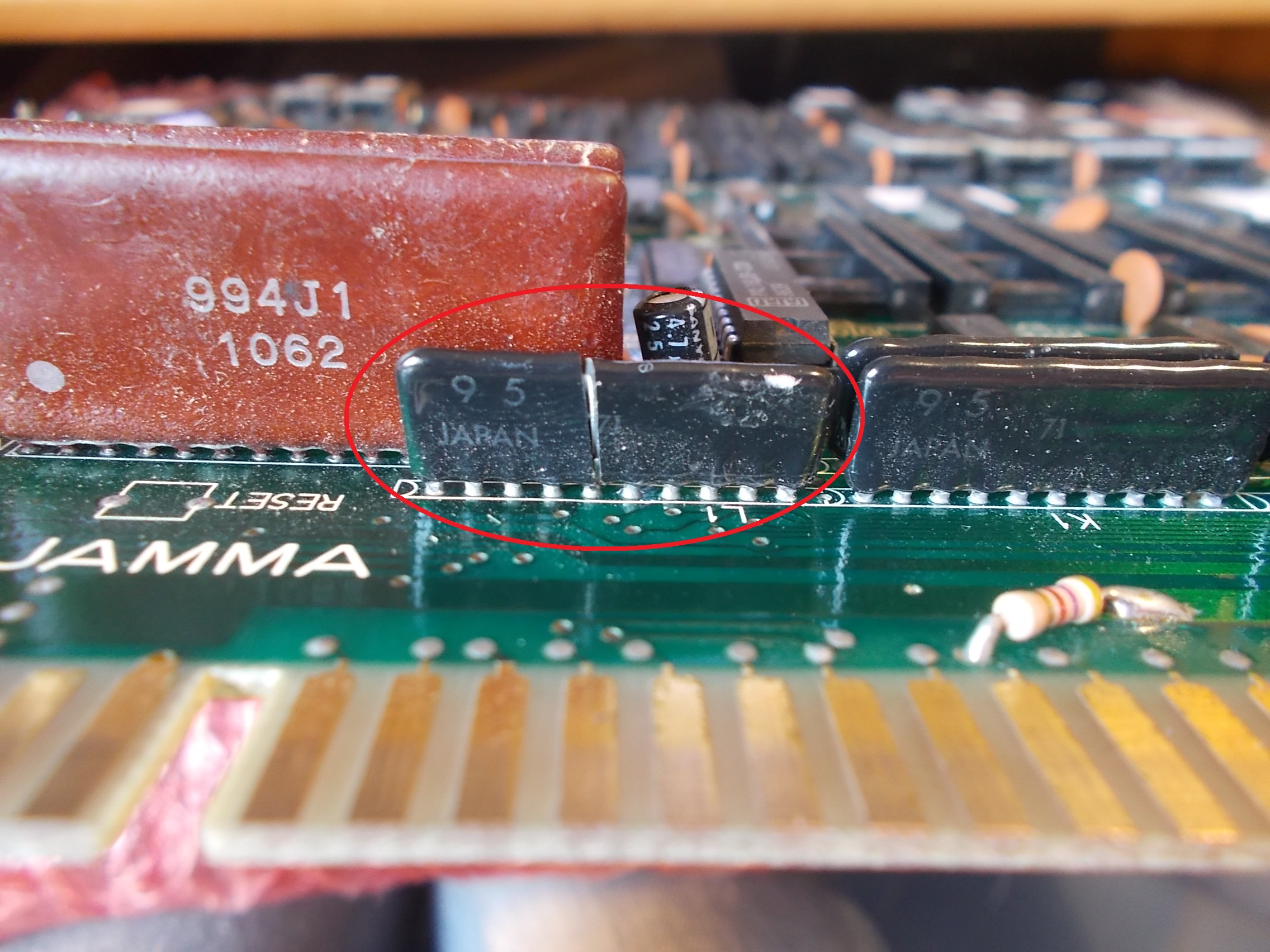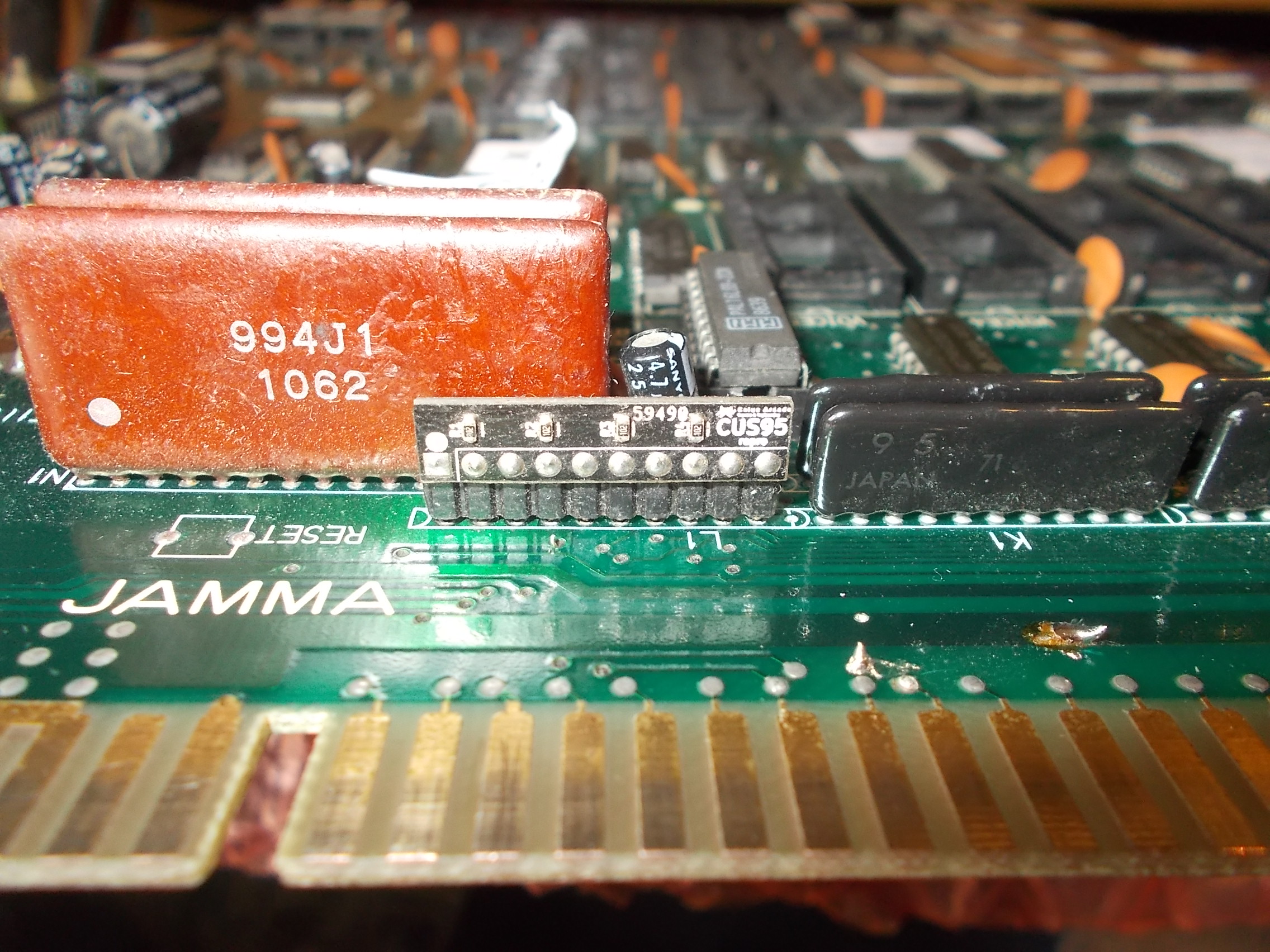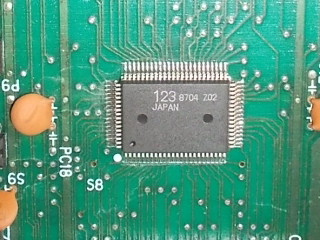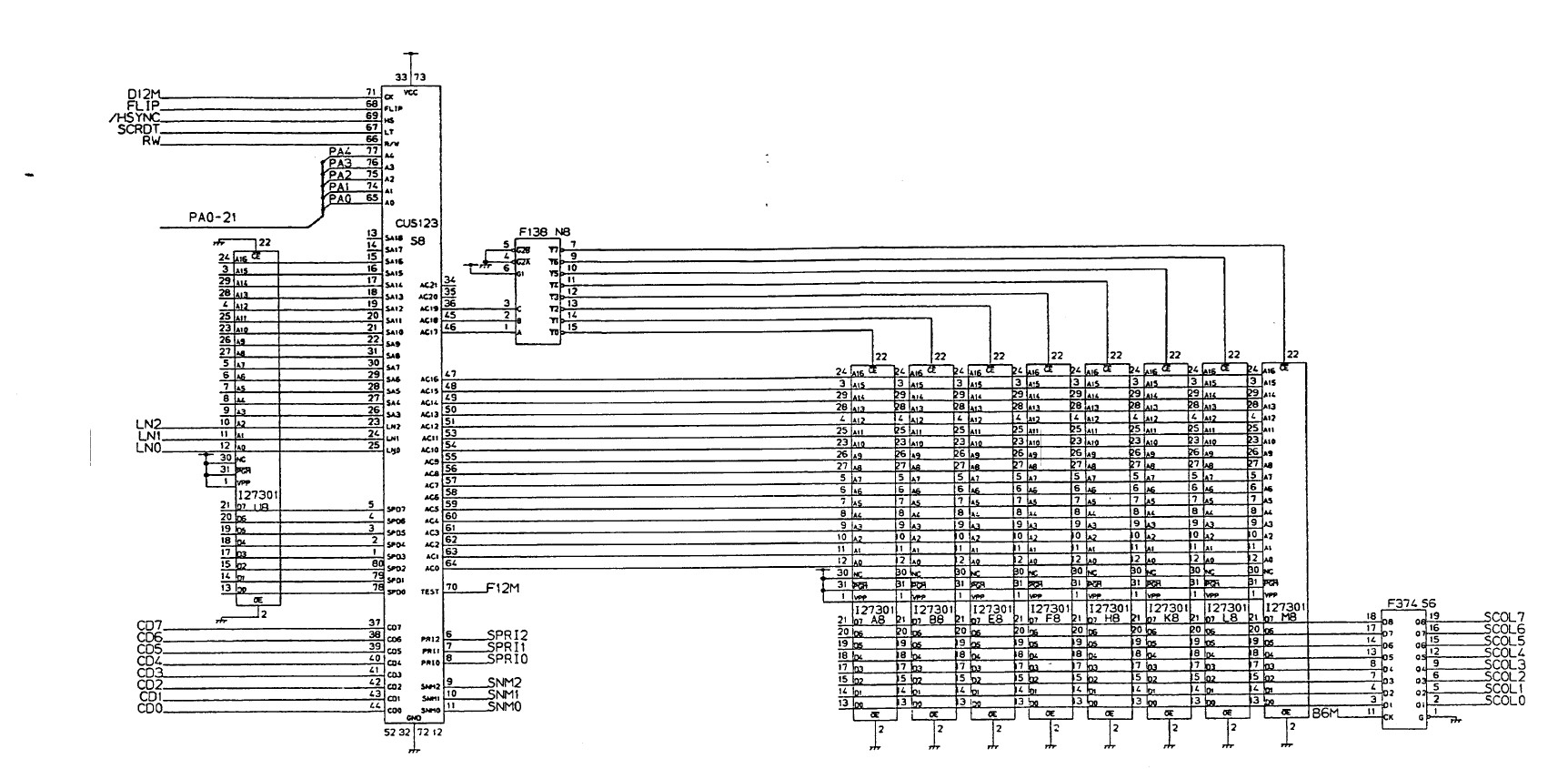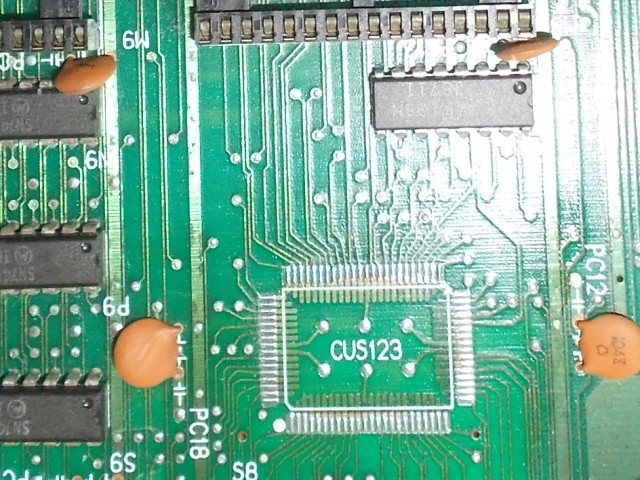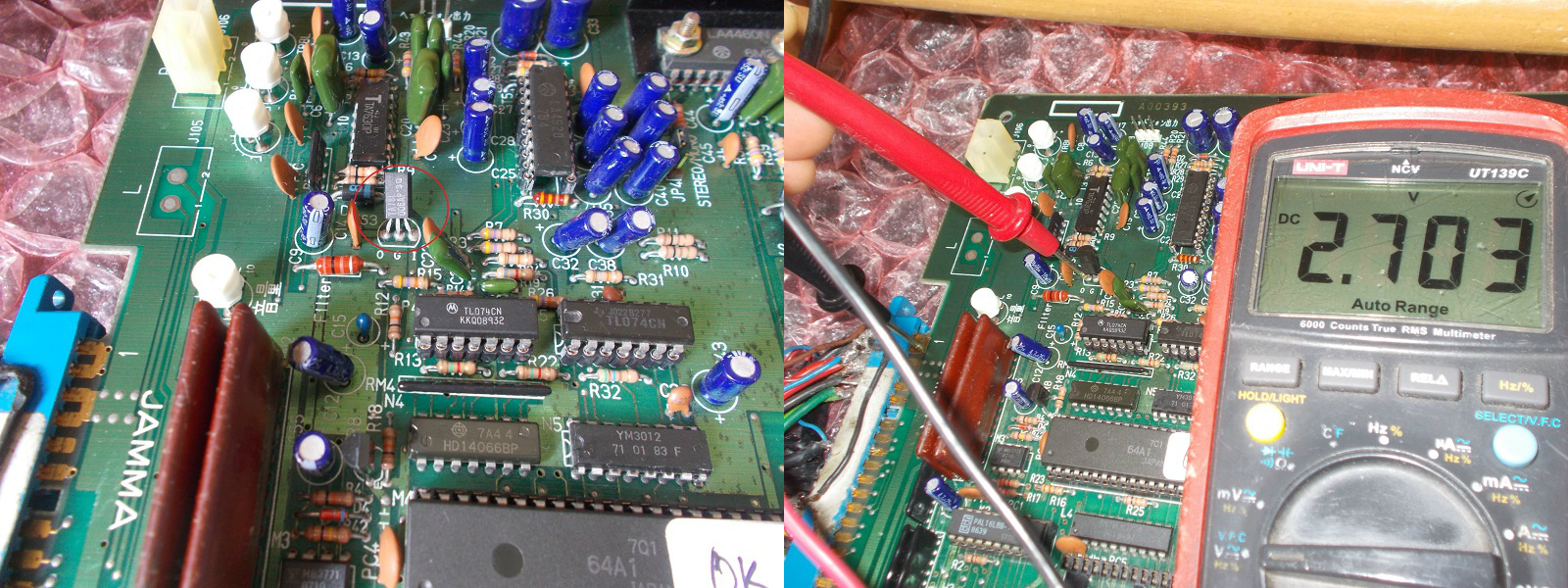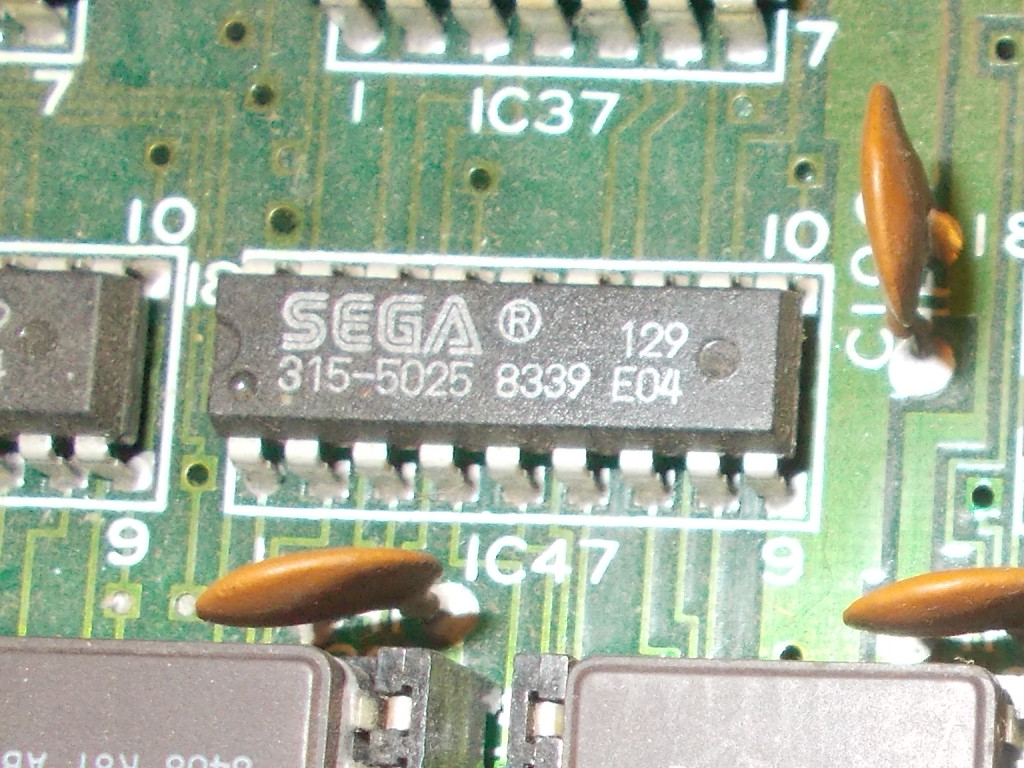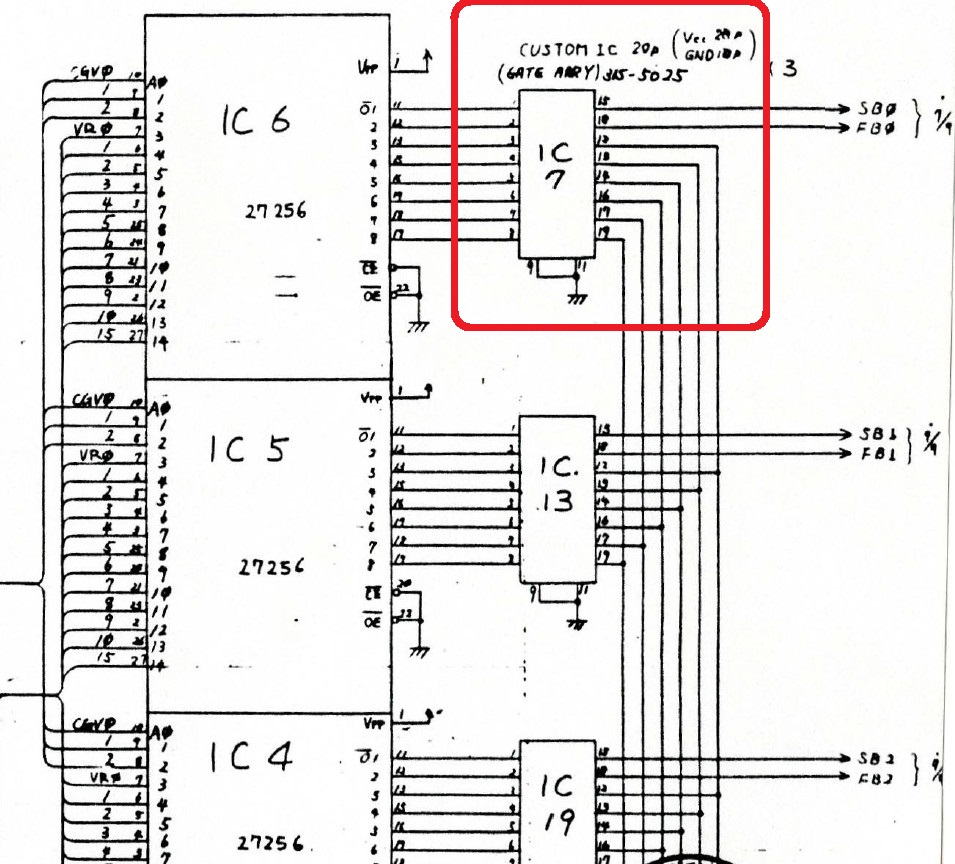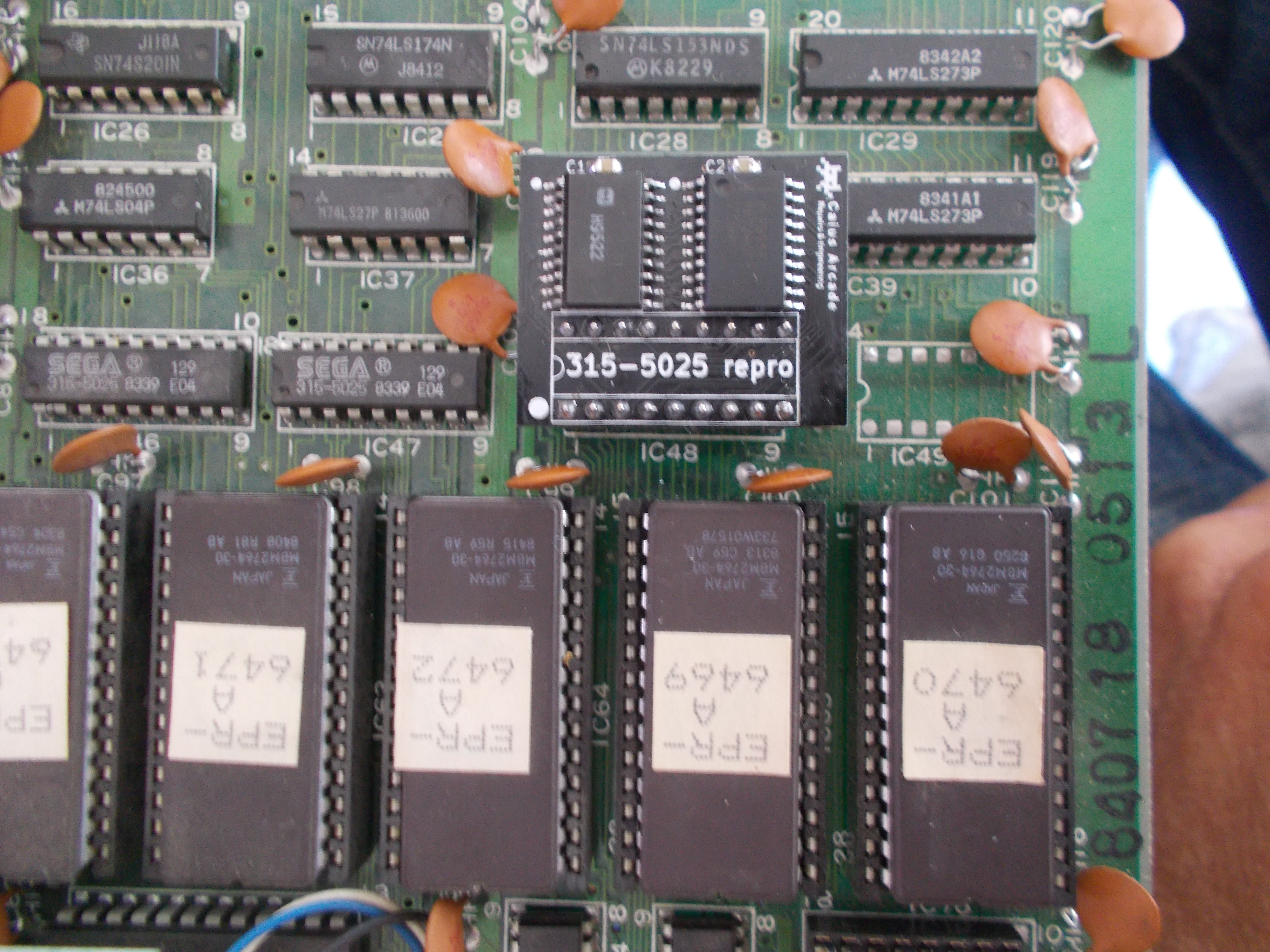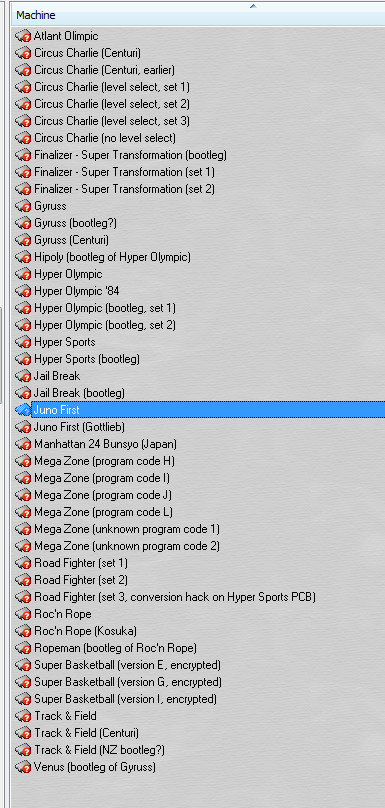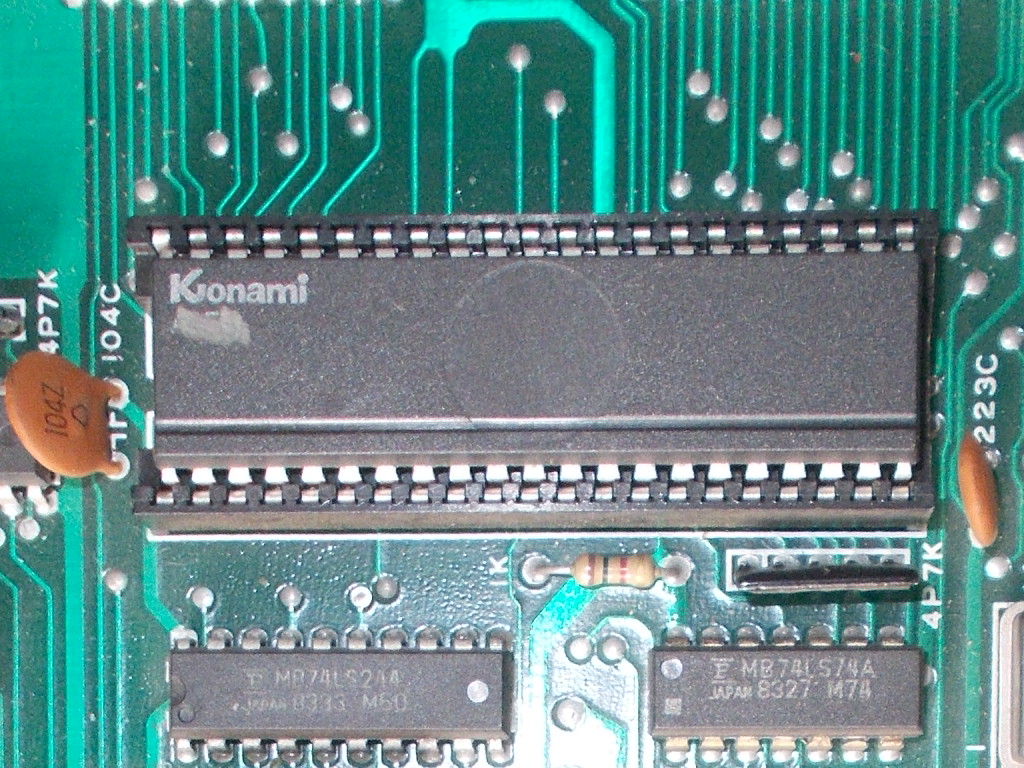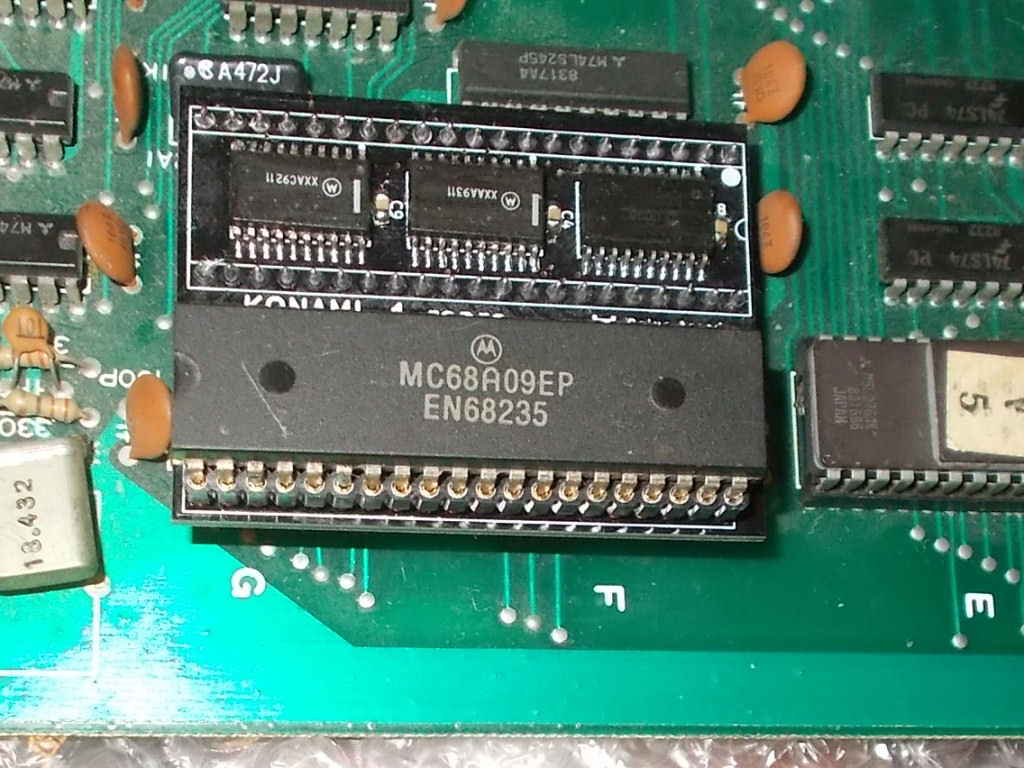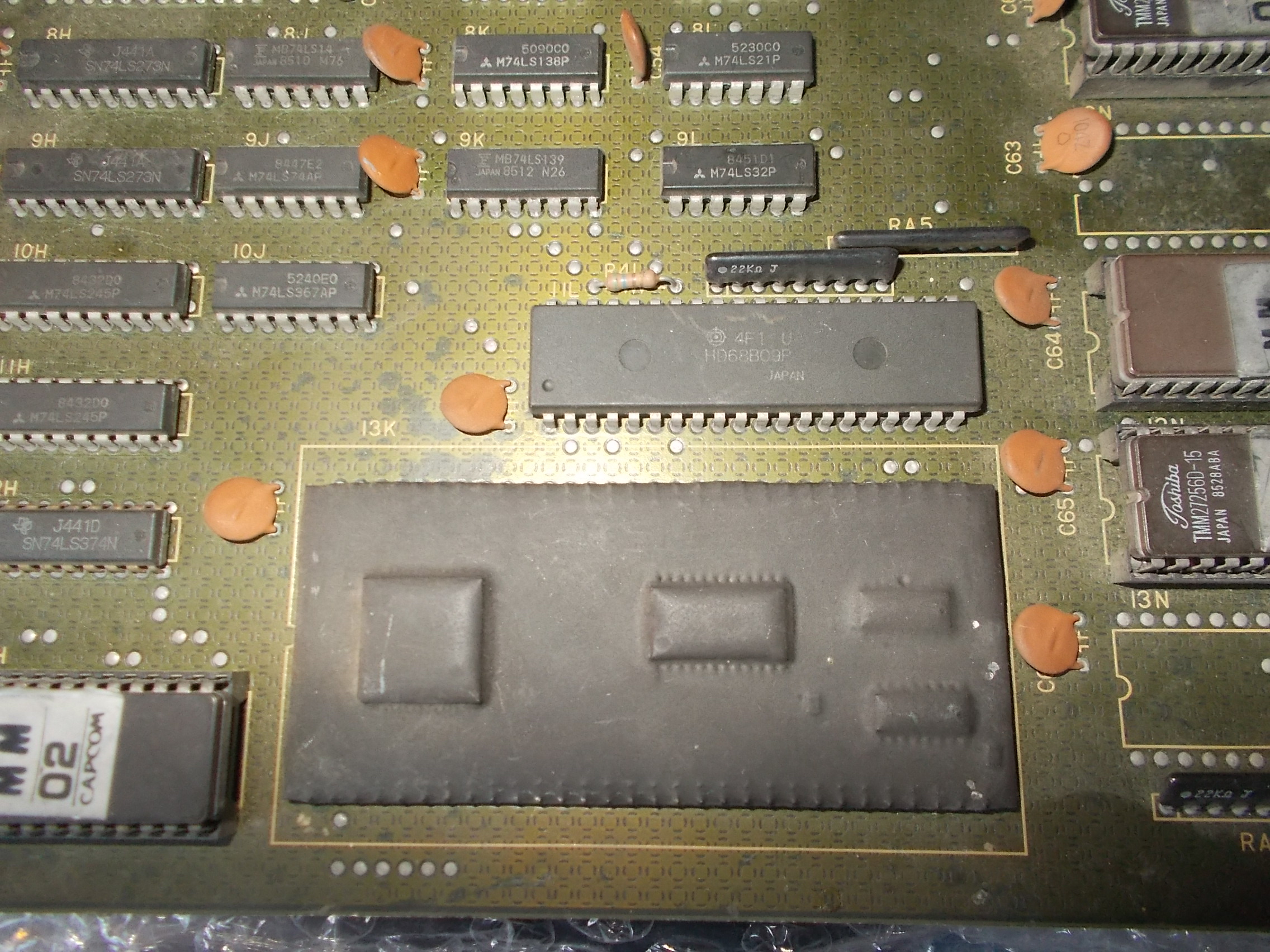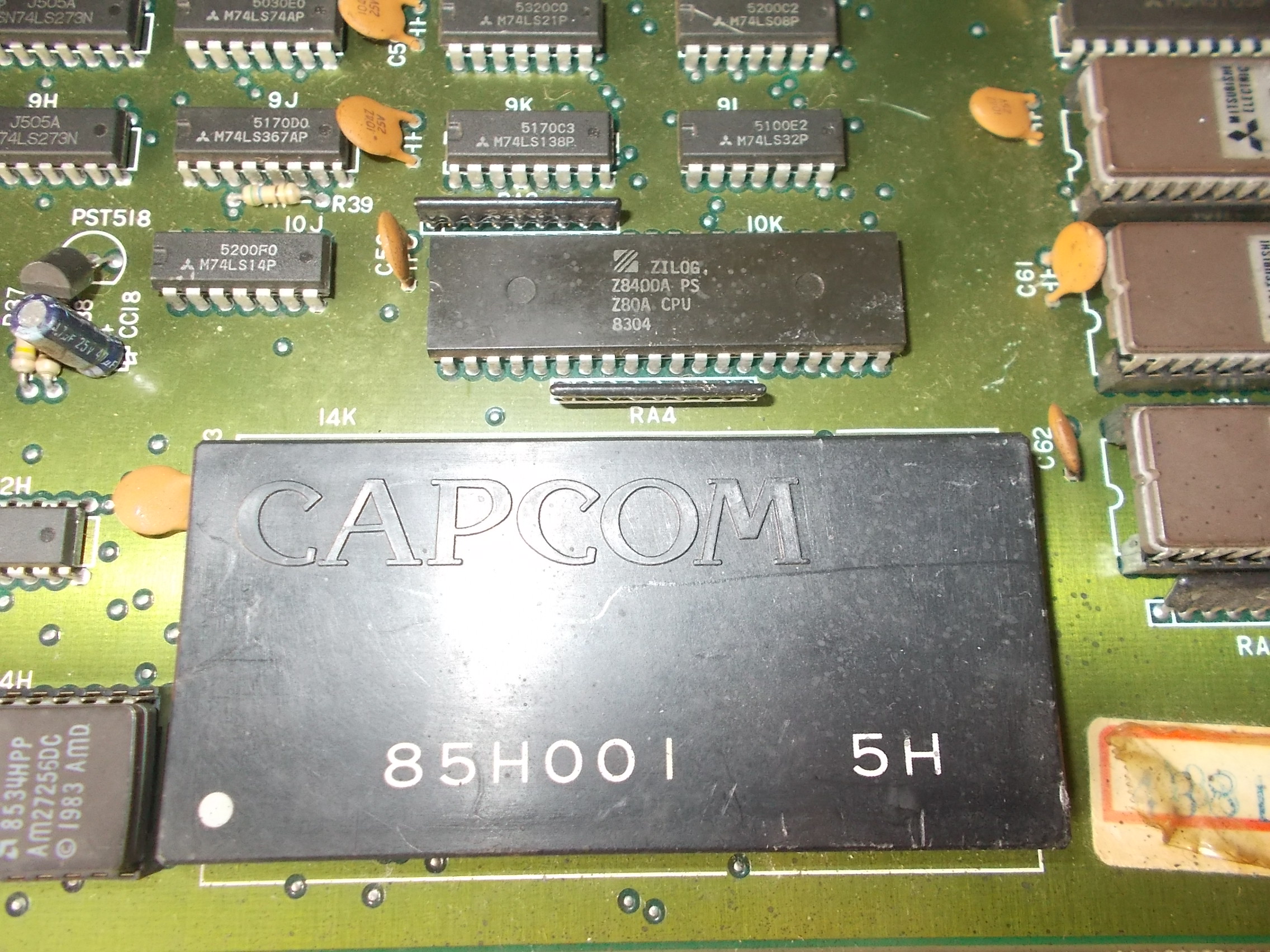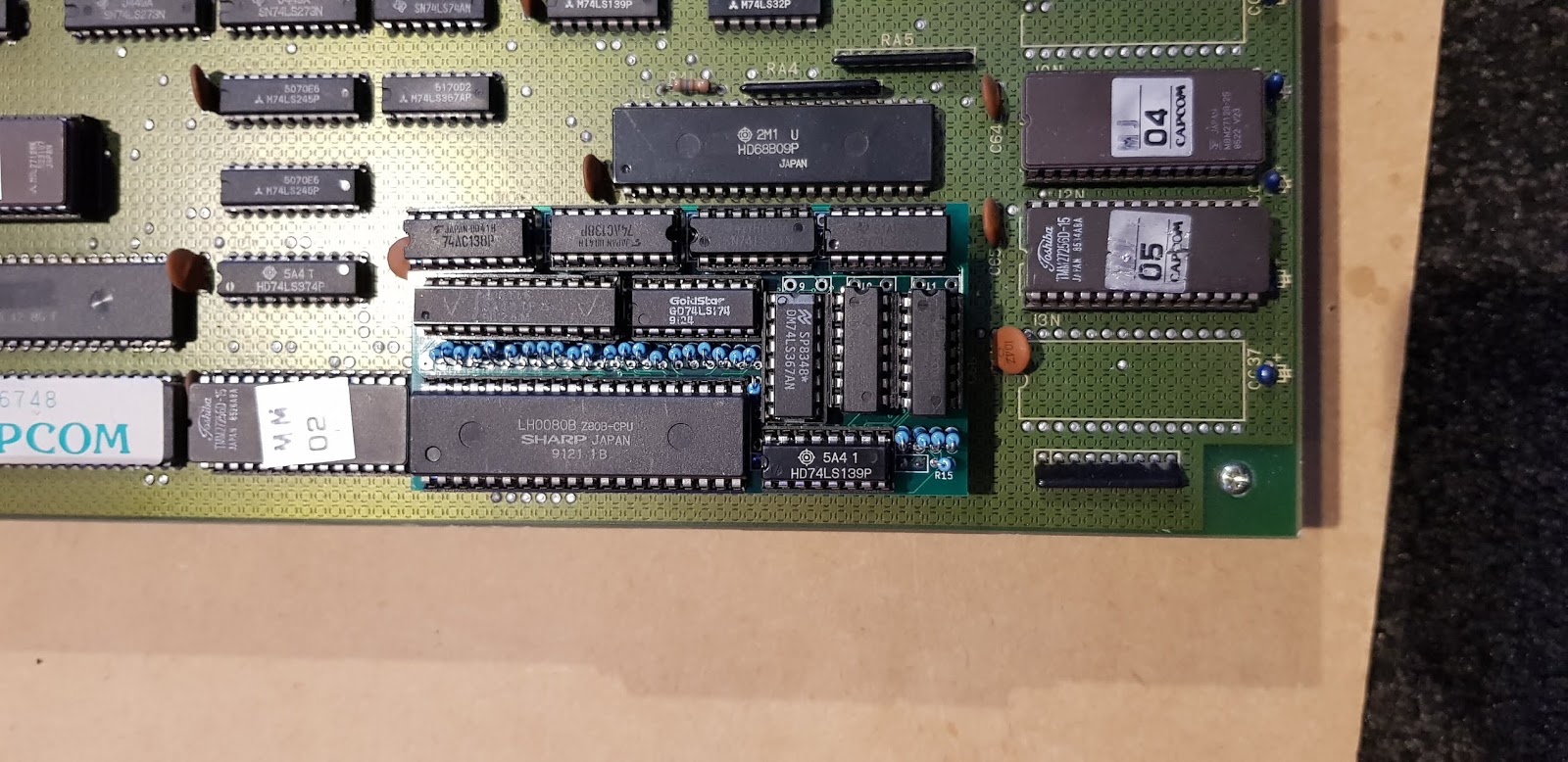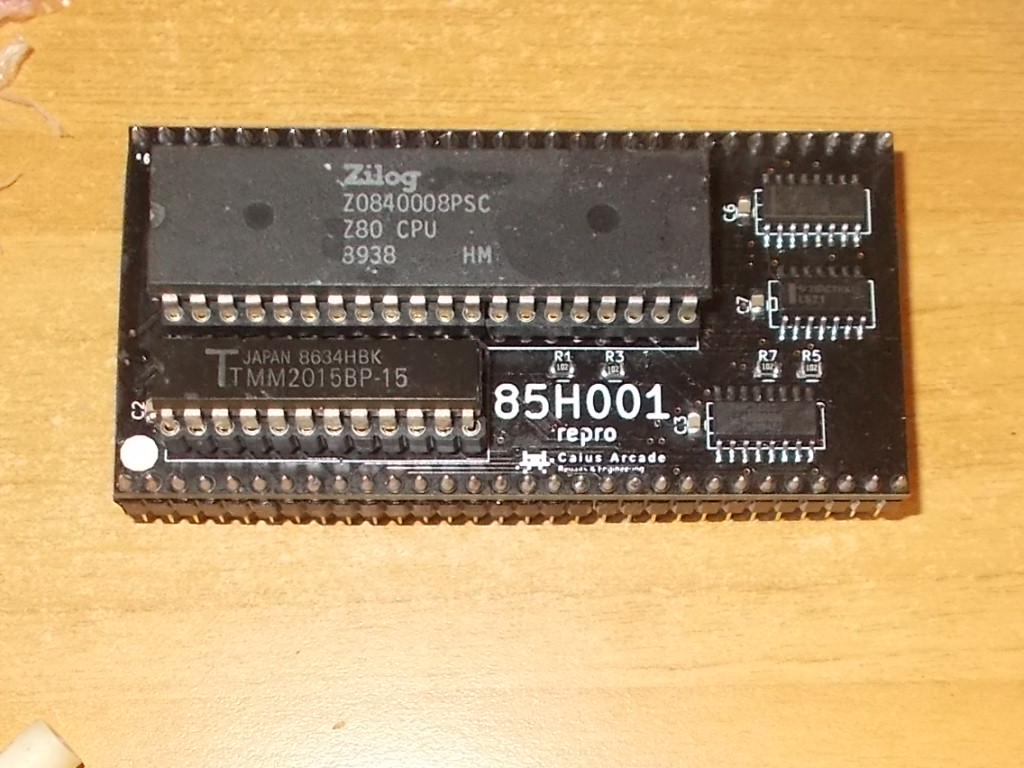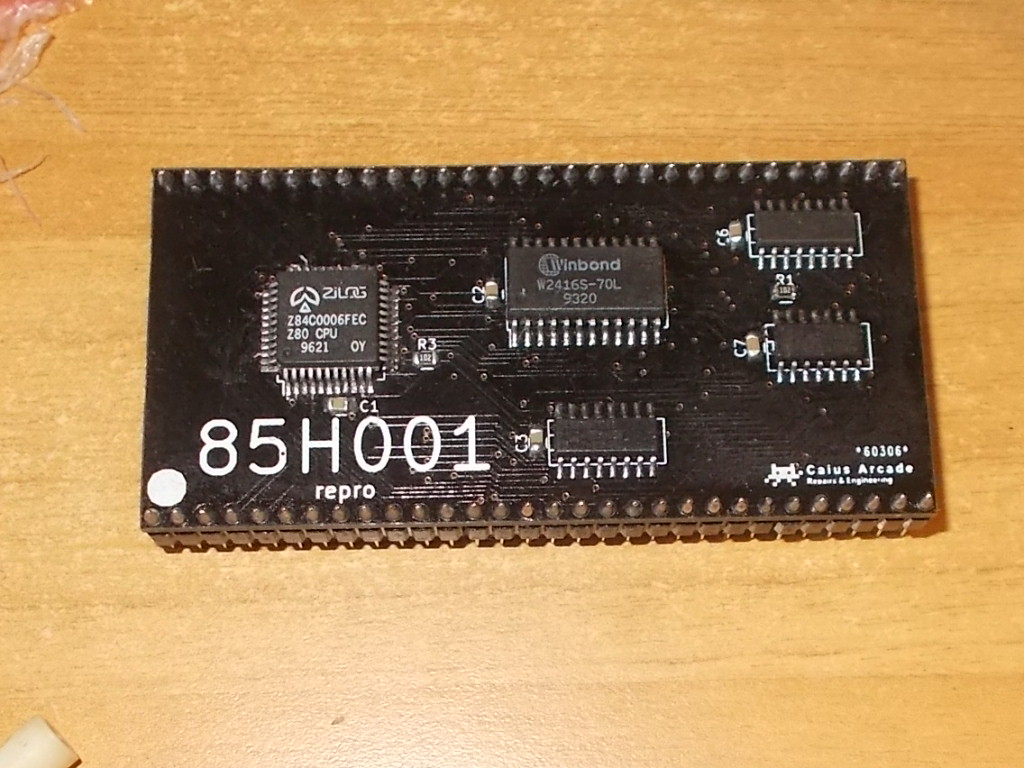Here’s a repro of the KNA 6032601 found on boards like Kung Fu Master and Tropical Angel.
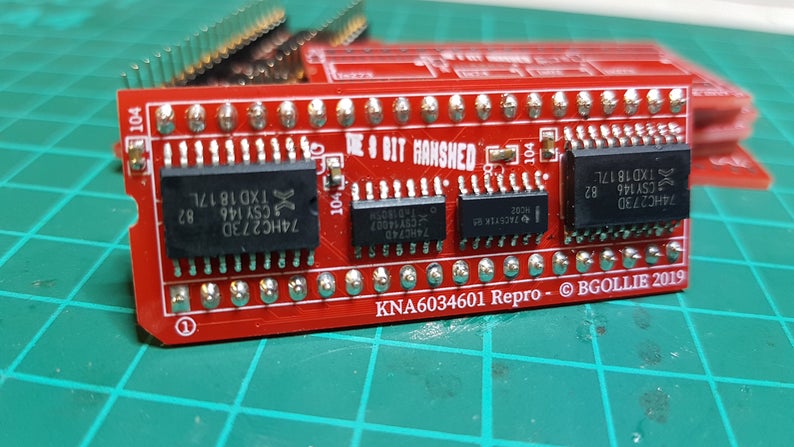
While it’s not known to fail as often as the KNA 6034201 (which Caius has already made a repro of ) it has been know to start failing lately.

It’s a 40 pin custom IC on the TOP board of the kung Fu Master stack, sitting at E1 & E2 between two rams and the colour proms

This most likely deals one deals with the final image processing, like layer priorities, just before outputting data into the colour proms
I used a bootleg to see how this one was reverse engineered by bootlegers at the time and identified and area between the rams and the colour proms.

Tracing multimeter confirmed those 9 LSxx ICs were indeed connected to the same ICS as the custom. So I fired up easyEDA and got busy .

A few days later, voila! a working IC and a working board. Not a complicated thing to do, it just takes time to trace back everything .

Huge thanks to Caius for his recent inspiring work on making repros for a lot of these custom ICs and has prompted me to look into the topic and start making my own too. The more the better !
And as usual, for those who prefer the video format :



